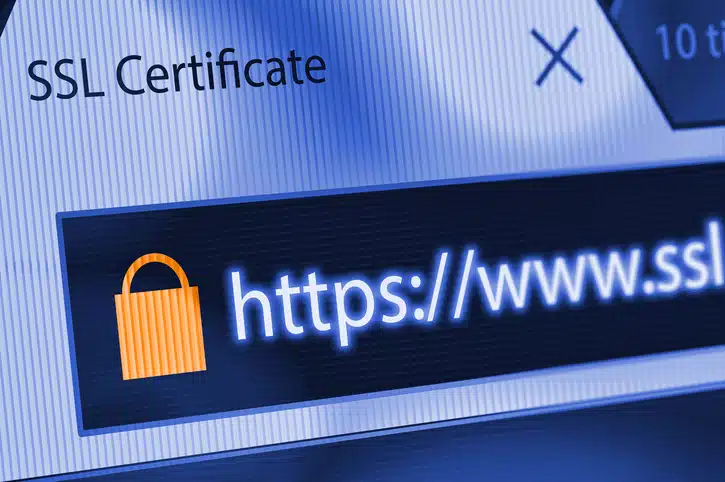Security has become an ever more important issue online. Keeping your website’s users secure is vital if you want the site to be useable and you want to protect both yourself and our visitors. Google has long been championing secure websites and they have now chosen to mark unsecure sites in their Chrome browser by default. The new change is effective from July 2018, and will mean that all websites that don’t have an HTTPS secure domain will be clearly indicated. The indication is fairly simple, with a “not secure” message in the address bar displayed for unsecured sites. Secure sites have “Secure”, along with a green padlock.
Although Google is just making this change in Chrome, they have been trying to get webmasters to ensure sites are secure for a while. They have campaigned for greater security, and have seen excellent results. According to Google, over 68% of Chrome traffic on Android and Windows is protected and over 78% of traffic on Chrome OS and Mac is protected. Out of the top 100 sites, 81 of them use HTTPS by default. The question many now may be asking is whether the new change is going to affect their site.
While the change isn’t an alteration to the Google algorithm, unlike the Speed Update which also takes place this month, it could still mean people see their website performance affected. If users are more clearly able to see whether is a site is secure, in plain English, they could be more likely to eschew sites that they don’t feel are safe. Google has favored HTTPS sites for several years now. However, considering nearly 20% of the top 100 sites are not HTTPS by default, it’s not the deciding factor in how well a website does. But user experience and behavior affect SEO too, and having a clearer indication of when a site is not secure could change behavior.
As for migrating an HTTP site to HTTPS, it could be simple for some but not so easy for others. A relatively new or simple website might find that it doesn’t take much. However, a larger site could find that they run into more complications when trying to ensure that everything is secure. Some people run into issues such as problems with mixed content not being secure, resulting in a page not displaying as secure. If you are making the move for your website, there are several considerations that you might need to take into account.
Previously, Chrome had a not secure warning for pages that contained fields for payment information and weren’t protected. However, now that they are extending it to all HTTP pages, it’s even more important to ensure website security. Benefits to making a site HTTPS include reducing the chance of attacks and vulnerabilities, avoiding DDOS attacks and preventing hacks of a server, website or network.
If you’re not particularly knowledgeable about website development or SEO, reach out to one of our Digital Marketing Consultants by calling (800) 617-6975, we’re happy to help!













